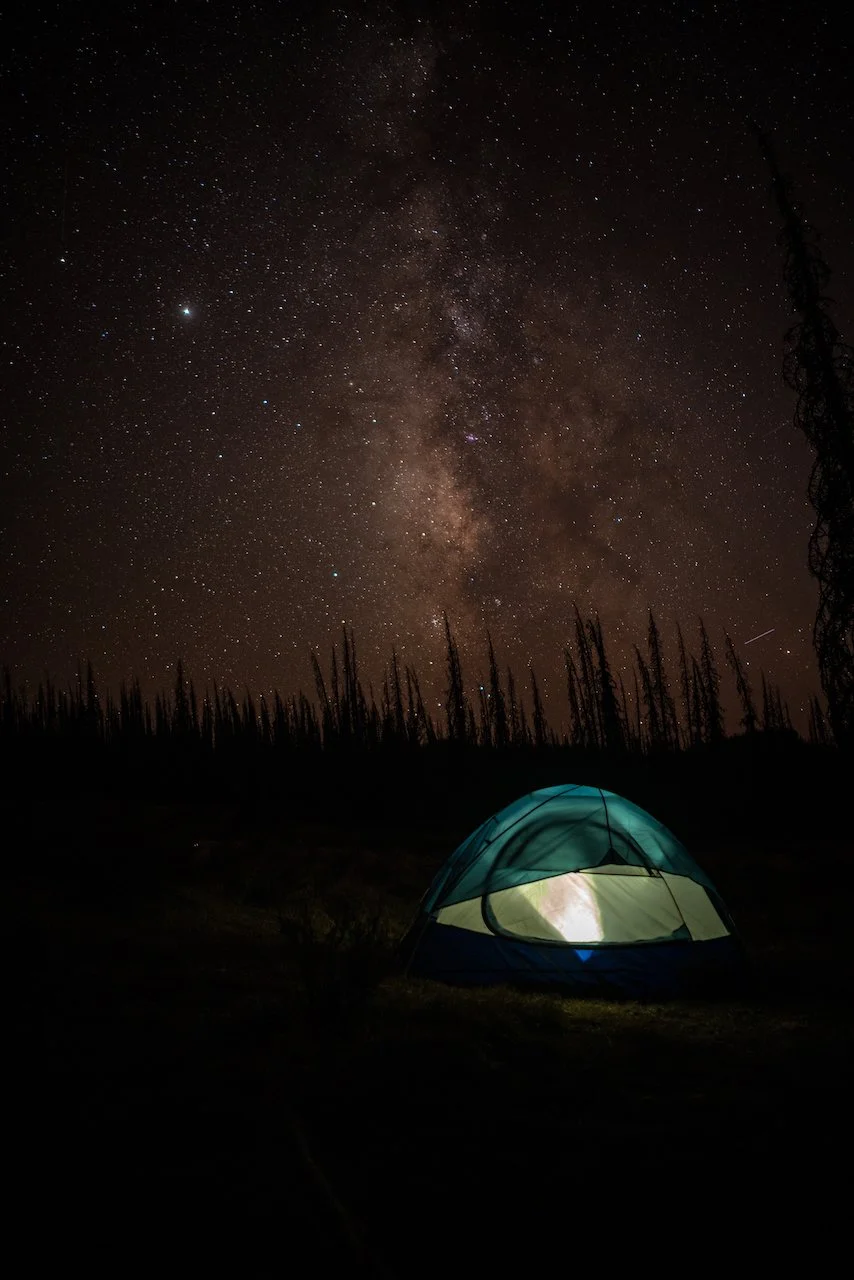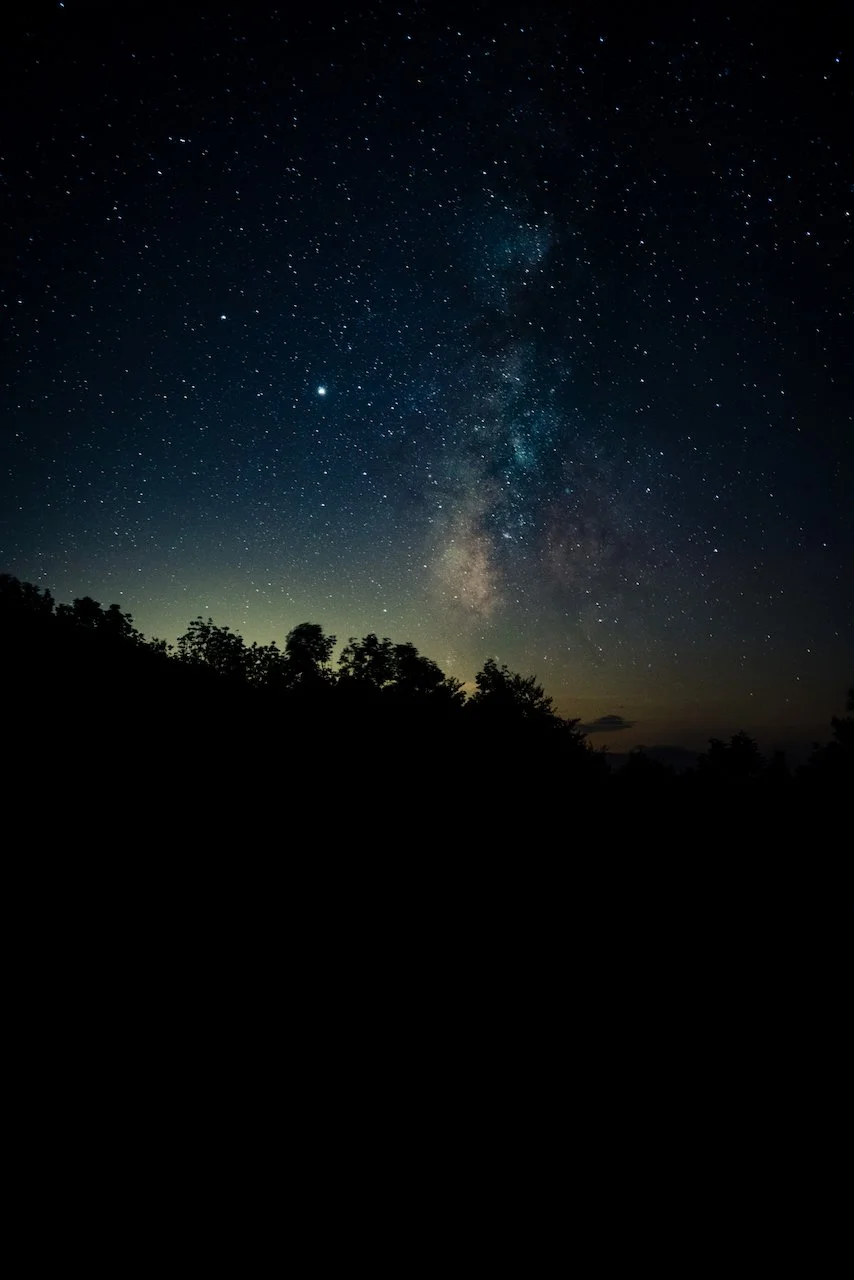Mastering Milky Way Photography: 5 Keys to Capturing the Cosmos
Do you remember the childhood dream of becoming an astronaut, the allure of exploring the cosmos? I do.
But as I grew older, the enchantment waned, thanks partly to movies that blurred the line between fascination and fear. A few years ago, my fascination with the stars was re-ignited late one night during a visit to Lassen Volcanic National Park. This was my first time getting to view and photograph the awe-inspiring Milky Way. This began my fascination with the field of astrophotography.
If you've never photographed the Milky Way, I urge you to do so. Here are my five essential insights to empower your Milky Way photography adventures and capture the ultimate shot.
1) The Lens: A Portal to Cosmic Beauty
While the naked eye can catch a glimpse of the Milky Way on a clear night, capturing its celestial dance demands specialized equipment. To immortalize this spectacle, equip yourself with a wide-angle lens sporting a wide aperture, preferably f2.8 or below. The expanded aperture ensures an influx of light, enabling you to encapsulate distant stars in their resplendent glory.
Top Tip: Beyond amplifying the Milky Way's brilliance, a wide-angle lens frames more of the celestial masterpiece alongside its terrestrial backdrop.
2) Plan: A Voyage into Precision
Photographing the Milky Way is an adventure that demands meticulous preparation. Factors such as location, season, and moon phase come into play. A well-prepared plan ensures you're at the right place at the right time, ready to seize the awe-inspiring galactic moment.
Pro Strategy: Harness technology's prowess by utilizing apps like Photopills to anticipate the Milky Way's appearance and plan your shoot effectively.
3) Location: Chasing the Dark Skies
In a world illuminated by urban sprawl, the challenge lies in finding untouched heavens for your lens. Combatting light pollution is the key. Seek solace in remote rural areas, far from the glare of city lights, or venture to the pristine realms of International Dark Sky parks, designated sanctuaries where celestial wonders reign.
Expert Insight: Mastering Milky Way photography often begins with escaping light pollution's clutches, allowing the cosmos to reveal its true brilliance.
4) Timing: Embrace the Twilight
Arriving early at your chosen location provides a unique opportunity to visualize your composition while there's still light. This preparation primes you to orchestrate your stellar symphony as the sun dips below the horizon.
Photographer's Note: Seize the twilight to capture your surroundings, allowing you to combine them seamlessly with the Milky Way later in post-processing.
5) Illuminate the Cosmos: The Light Guide
In the realm of the Milky Way, darkness reigns. To navigate this obsidian expanse, equip yourself with a head torch, preferably one with a red light option. This guiding beacon facilitates hands-free camera manipulation and ensures you don't fumble in the dark.
Practical Tip: The red light is your ally, preserving your night vision and deterring those pesky bugs.
Embark on Your Galactic Odyssey
As you embark on your Milky Way photography journey, these insights serve as your guiding constellations. Embrace the splendor of the universe through your lens. Armed with these essential tools, meticulous planning, and a touch of wanderlust, you're prepared to immortalize the Milky Way's radiance as never before.
Remember, each click captures a fragment of the cosmos, a testament to the marvels of the universe. With these five guiding stars, you're ready to paint celestial magic across the canvas of your imagination.
Happy stargazing!



